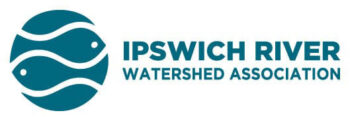Hi! My name is Haley Stark and I am the Engagement Intern for Ipswich River Watershed Association this Summer. I am from Topsfield, MA and am a rising senior at Umass Amherst majoring in Environmental Science and minoring in Spanish. This past Spring I did a semester abroad doing an Environmental Science program in the remote Peruvian Amazon and am extremely excited to continue learning in an outdoor environment through my internship. I have been working on a variety of projects with both our Education team, and our Development and Engagement team learning about nonprofit organizations as a whole, water conservation and how to engage the public to support such an important cause!
I grew up in Topsfield and have always held the Ipswich River close to heart, but until recently I did not understand the extent of its importance. After seeing the entire watershed through a tour last week, my knowledge and appreciation for this endangered river have been greatly extended.
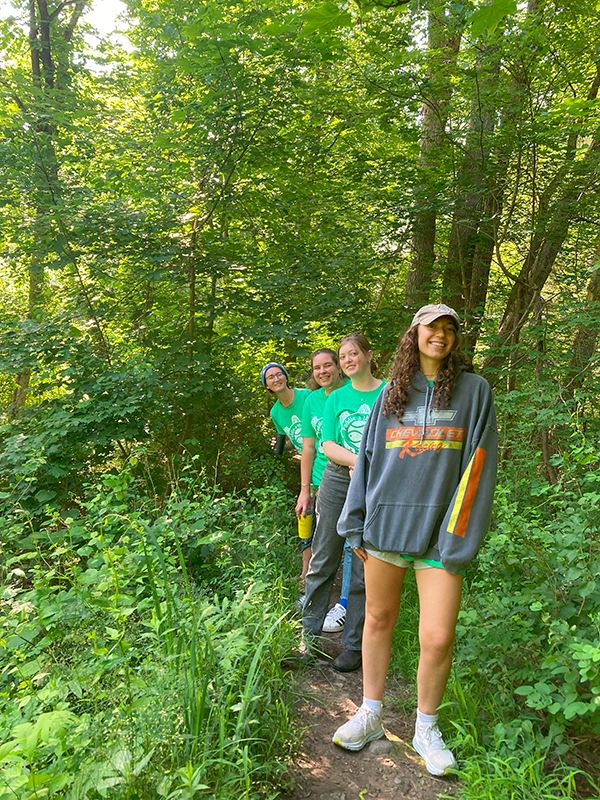
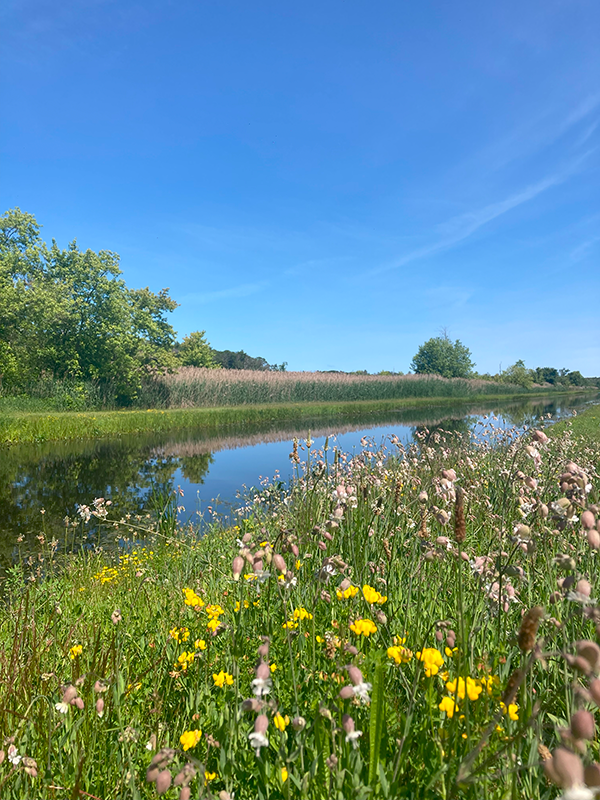
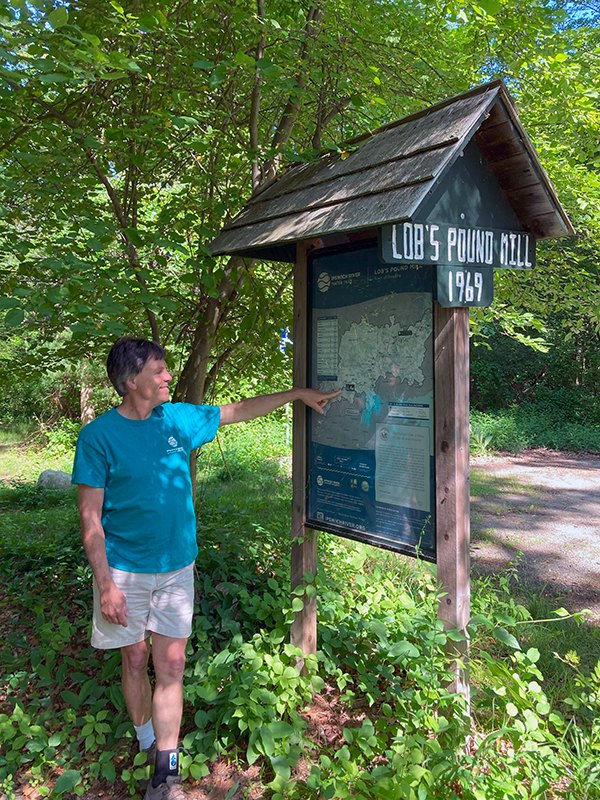
On Thursday June 22nd our Executive Director Wayne Castounguay led a group of our staff on a tour of the Ipswich River Watershed helping us all to gain a better understanding of the Ipswich as well as the entire watershed. With a mission to drive through the watershed’s entirety, we started in Ipswich, making our first stop on Winthrop Street where Wayne led us for a little hike along the river. We visited the USGS Flow Gauge Weir which showed above normal flow for this time of year thanks to the heavy rain we have been getting! We are hoping to remove the physical weir that sits in the river because it’s not actually necessary to measure the flow of the water and only serves as an obstruction. The weir alters flow rate and disrupts the passage of wildlife, serving no beneficial purpose.
Further along the trail we observed the Willowdale Dam and the nonfunctional fish ladder built into it. This fish ladder was built in the 1920s and has never successfully been able to aid migration. The Ipswich River Watershed Association just received a million dollar grant to work with Foote Brothers and Greenbelt to construct a fish bypass around the dam! Fish ladders typically only allow specific species of wildlife to pass through, but this fish bypass will enable passage for a variety of wildlife. The passage will be manually opened and closed for migration season and will extend the Ipswich River around the dam. The stronger flow allowed will help fish to find this passage and swim through it because typically if the current through a fish ladder isn’t strong enough the fish won’t be able to locate the fish ladder or will turn around and won’t attempt to pass through. We are also hoping to introduce Shad back into Ipswich, which are an excellent game fish. This bypass will enable their passage around the Willowdale Dam! We additionally have plans to restore sea-run fish to the headwaters of Ipswich such as Silver Lake in Wilmington and Martins Pond in North Reading for the first time in hundreds of years. Also the town beach parking lot in Wilmington is paved with permeable pavers, which is something we here at Ipswich River Watershed Association love to see because they reduce stormwater runoff!
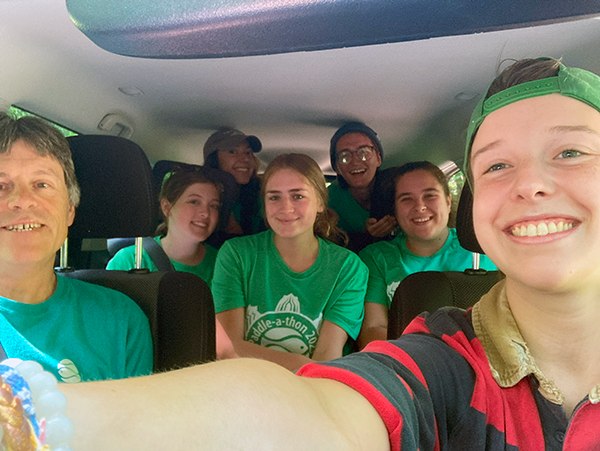
We then journeyed through Topsfield noting important brooks that feed into the Ipswich. We also stopped at Rowley Bridge Road’s canoe landing and the valley on Route 1, South of the Topsfield fair grounds near garden street, which will potentially be turned into a reservoir!
Eventually we made our way to The Mill Road Bridge in Reading as well as Boston Road in Middleton, which both happen to be excellent trout fishing spots! Then we drove to The Jenks Bridge in Wilmington where Lubbers Brook and Maple Meadow Brook merge to form the start of the Ipswich River! When looking off of the bridge to where the two brook’s merge, you are able to observe a distinct difference in the flow and size of the two brooks. This is because Lubbers Brook has drinking water pumped from it, so water levels look disturbingly lower than Maple Meadow Brook. The Jenks landing also happens to be the first canoe launch on the river!
We then traveled to Allison Road in Burlington Ma for what only appears to be a small stream, but is actually the highest point of flowing water in the watershed and the source of the Ipswich River.
While driving through North Reading we observed some intense changes in water color – An old gravel pit within North Reading is now full of water and has an intense rust color. It is the best place in the watershed to observe the interface between the groundwater and surface water. Slightly farther down the road there is a dog beach with blue water and no rust color.
We then made our way to the Middleton dam which we are working to remove. This dam wreaks havoc on river flow and fish migrations. Keep your fingers crossed for its removal. Finally we ended our tour at Pavillon beach, where the mouth of the Ipswich opens into the sea!
